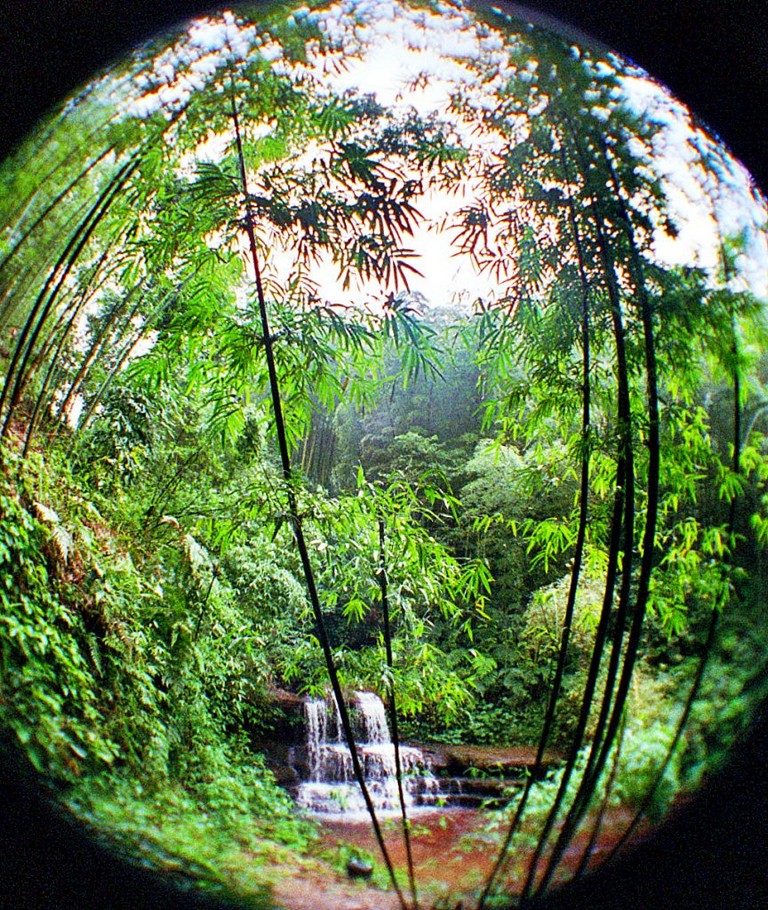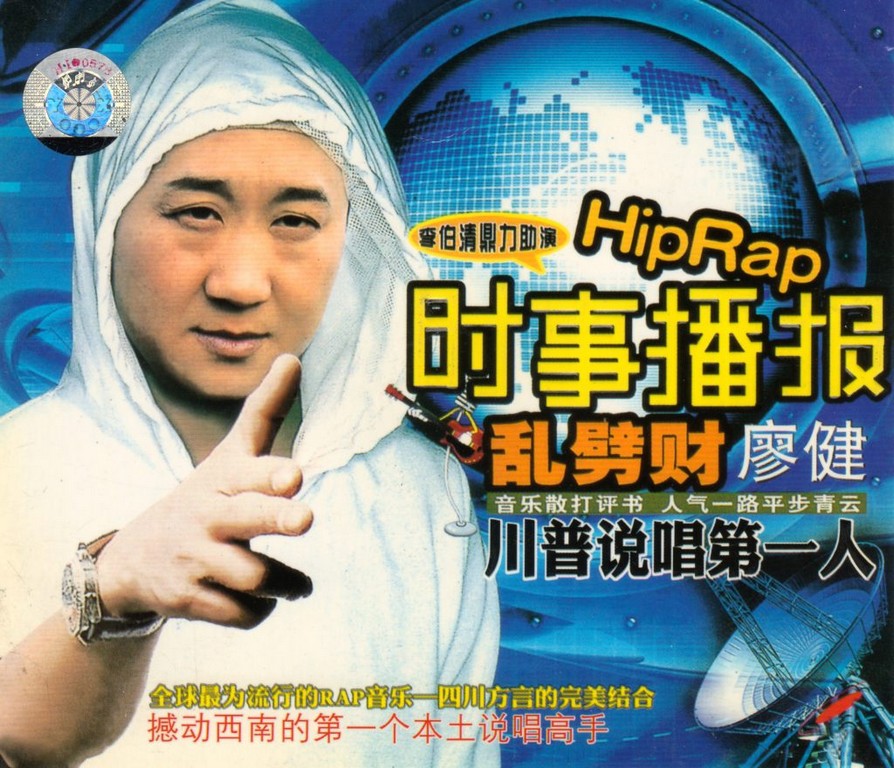Yibin Sichuan

To go on a tour or not
Shunan Bamboo Sea 蜀南竹海: taking a Chinese organised tour or should I go it alone ? There is really only one reason to stop at Yibin and that is to use it as a base to visit the fabulous Bamboo Sea some 70 kms away.

To take a tour or not to take a tour
The first thing you have to decide is: do I visit the Bamboo Sea independently or do I join a tour. We doubted, wrung our hands, fretted and then the heavens opened and a twenty four hour torrential downpour insued; the matter was decided for us. We took a Chinese organsed tour for the first time and It was the best decision we could have taken.

Yibin 宜宾
Yibin is a modern city on the confluence of the Jinsha River 金沙江 and Min Rivers 岷江 where they combine to officially start the beginning of the Yangzi River 长江. There really isn’t anything to see, apart from the intense river traffic perhaps. Tourists tend to use Yibin as a base for a visit to the spectacular Bamboo Sea 蜀南竹海 (or Forest as it is also known), about 70 kilometres away and the nearby historic riverside town of Lizhuang Ancient Town 李庄古镇.

Yibin also has the unenviable reputation of being the largest city in China with the least sunny days every year (we didn’t see the sun). Remember, this is where the Chinese idiom, 蜀犬吠日 (Shu quan fei ri) the Sichuan dog barks at the sun, originates; becuase it is something so unusual.

On the plus side it produces one of China’s best Baijiu 白酒 ( rice wine) Wuliangye 五粮液.
Shunan Bamboo Sea 蜀南竹海
Shunan zhuhai 蜀南竹海, or the Bamboo Sea covers over 40 square kilometres of mountains and valleys. The landscape is absolutely incredible: narrow paths will take you deep into a dense sea of vegetation, dominated by many different species of bamboo, some of which reaching heights of over 10 metres.

The dense fog that often descends upon the forest contributes to the magic and enchanted atmosphere. Besides the bamboo, there are many waterfalls, temples, sculptures and reliefs in the rock walls to entertain the visitors.

The cable Car
A ride in the cable car is a must; it’s a 30 minute ride during which you follow the side of the mountain up and down, at times almost touching the tree tops, at times sailing high above the undulating sea of bamboo. When the cabin reaches a peak, a valley completely covered in bamboo stretches out in front of you, for as far as the eye can see.

It’s the typical landscape immortalised in famous martial arts films such as ‘Crouching Tiger, Hidden Dragon’ or ‘The House of the Flying Daggers’, many scenes of which were shot around here. The famous fighting scene in the ‘Crouching Tiger, Hidden Dragon’ where the protagonists fight on the tops of bamboo trees was filmed here.

Organising a Chinese tour
Normally, we are not really into guided tours, but in the case of the Bamboo Sea we had a great time. You can try and hire a taxi to get there, but the distances are quite large, both getting there and back and inside the park, plus it isn’t that easy to find your way around and visit the best places.

Our tour was organised by the travel agency inside our hotel, the Xufu Binguan. At first they were a bit reluctant to take us, but when they realised we could speak Chinese, our money was happily accepted. We were in good company, a group of young enthusiastic engineering students from Panzhihua 攀枝花 on the Sichuan – Yunnan border, led by a lively and dynamic female guide. She took us to different areas of the park, by bus, on foot, by cable car and finally rafting.

The bus driver, a young and jolly chap, played Sichuan dialect Hip Hop and Rap that had our fellow companions falling on the floor with laughter. The driver later helped us buy the DVD in on arrival back in Yibin.

The Food
We also had the opportunity to taste 16 different dishes made of/with bamboo, including the famous and expensive bamboo eggs (which are really rounded wild mushrooms that grow underneath the bamboo trees). It was really delicious. The meal wasn’t included in the tour. We got together with members of the group, negociated a price for 16 dishes, and then split the bill.

Yibin 宜宾 practicalities:

Where to Stay and Eat:
The Xufu Binguan 叙府宾馆 in the centre of town is a good option. Spotless modern doubles with a good breakfast are 200 Yuan. There is a wide variety of decent restaurants and supermarkets near the hotel.

Coming and Going:
Update:
New high speed trains from Chengdu take just one and a half hours to arrive in Yibin and pass through Leshan. The line opend on 2019 and also connects Yibin to Guiyang in Guizhou province.

Bus:
From the chaotic main bus station, Beimen北门, there are regular departures to almost all import destinations in the region, though most buses will go through Zigong first.
Update
Nowadays, a network of highways links all the major cities making travel much easier than when we were there in 2005.

Boat services to Leshan appeared to have been discontinued. Some services to Chongqing still seemed to run, though we were unable to confirm this.
Visiting the Bamboo Sea 蜀南竹海 if not taking a tour:

Nan’an station, 15 minutes from the centre on the other side of the river, offers irregular services to Shunnan 蜀南竹海 / the Bamboo Sea, most of them with a changeover in Changning 长宁.

The two main villages inside the park are called Wanling 万岭 and Wanli 万里. Both villages, as well as some other strategic locations inside the park, offer accommodation – with a typical double room costing around 100 Yuan – as well as food for those visitors who wish to stay the night.

Guiyang贵阳 – Chishui 赤水-Zigong自贡 – Yibin 宜宾 –Leshan 乐山– Chengdu 成都: 2005 Route.
In 2005 our visit to the Bamboo Sea was part of a facinating trip from Guiyang to Chengdu via Chishui.

To get to Leshan 乐山 we first had to backtrack to Zigong; all in all quite a tiring ride of over 6 hours, due to the fact that the motorway has not reached this part of Sichuan yet. This has all changed now see above.



